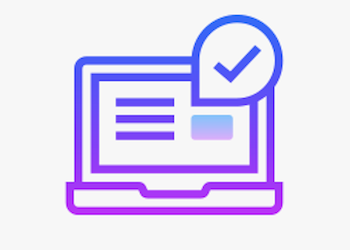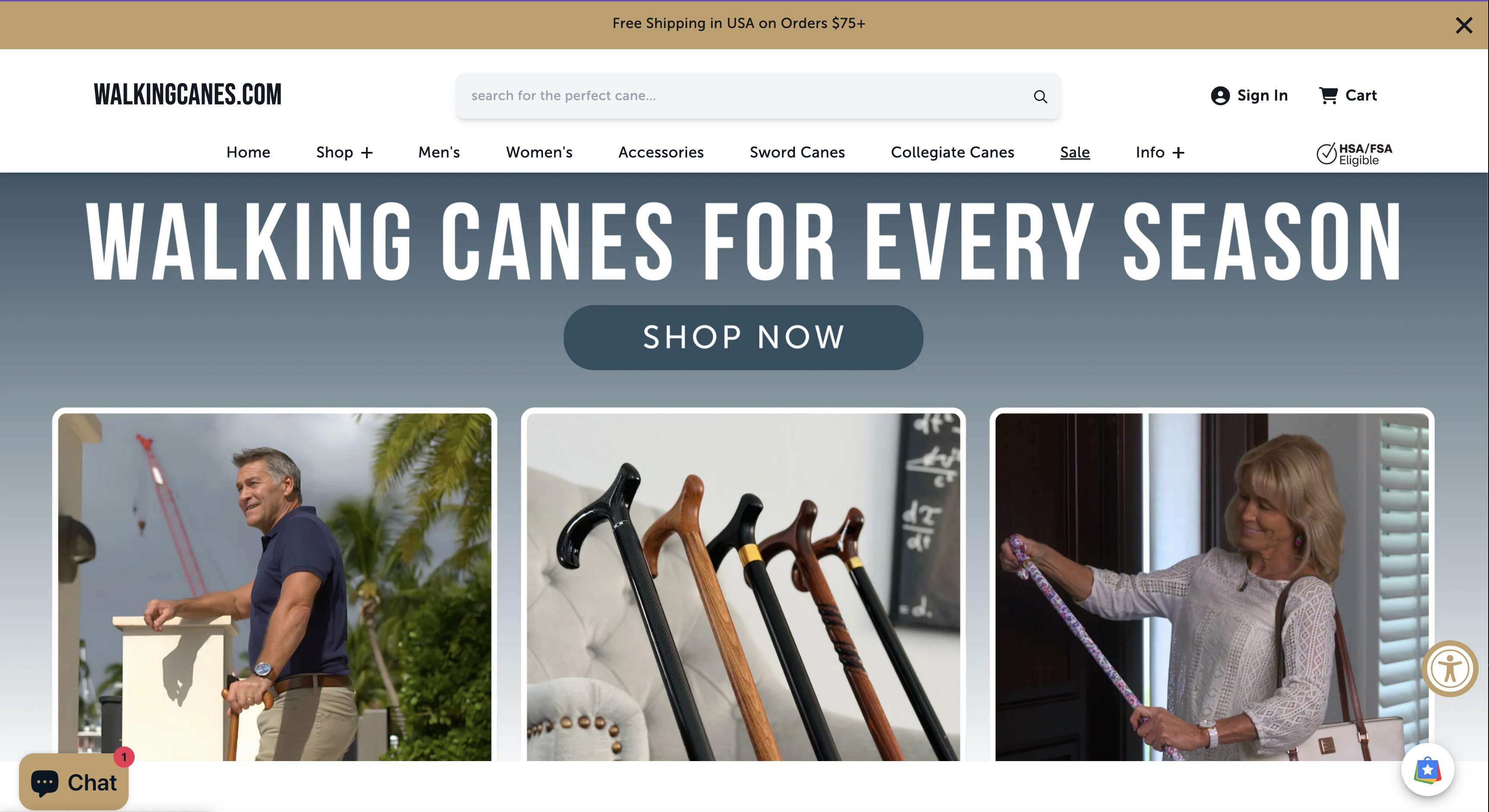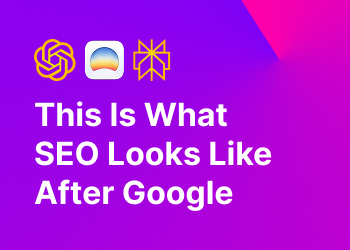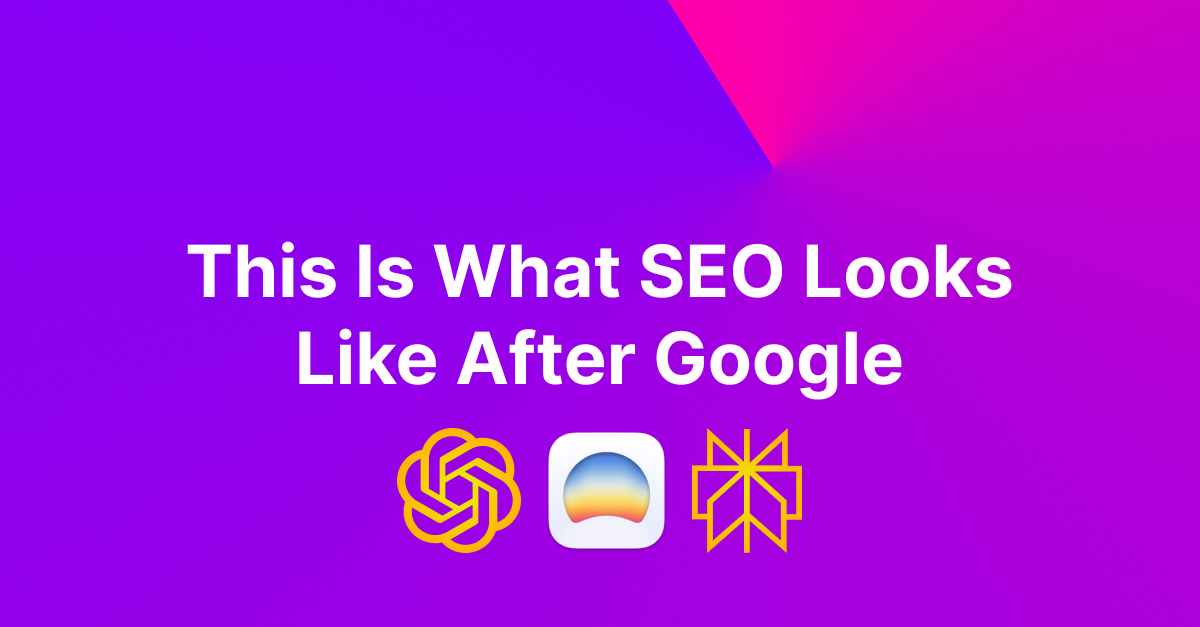These 3 Personalization Wins Shocked Us


We live by the mantra “test everything,” yet even we were floored by these website personalization experiments. Each one challenged conventional CRO wisdom with unexpected user behavior, dramatic lifts, or counterintuitive insights.
Personalizing for Strangers – A Jewelry Retailer’s 88% Lift

When Signet Jewelers (parent of Zales, Kay, Jared and more) set out to personalize content on their sites, they faced a skeptic’s challenge: How do you personalize for brand-new visitors who haven’t shared any data? Conventional thinking says you can’t – most companies serve generic homepages to first-timers. But Signet’s team gambled on an AI-driven approach to predict a visitor’s interests and tailor the experience from the very first visit. The results were nothing short of stunning.
Signet leveraged anonymized spending insights (via Mastercard data models) to categorize even anonymous shoppers into likely segments – for example, “sustainability-minded” vs. “luxury-oriented” consumers. They then created different homepage content for those segments. One variation highlighted ethically-sourced, sustainable jewelry for visitors flagged by the model as sustainability enthusiasts. Another version showcased high-end “heirloom” pieces to those predicted to be luxury shoppers.
The hypothesis was that speaking to a visitor’s values or lifestyle immediately would make the site feel more relevant and engaging. Even so, nobody expected the impact to be so dramatic. According to Signet, targeting first-time visitors with personalized content drove an 88% uplift in conversion rate for the sustainable-content segment. Similarly, the luxury-focused experiences saw basket sizes and revenue per user soar (e.g. +67% average order value). In other words, even total strangers responded when the message matched their mindset. This flies in the face of the usual CRO playbook that says you need a user profile or prior behavior to personalize. Signet proved that smart use of third-party insights can unlock “hyper-personalization” on a shopper’s very first visit, yielding huge gains in engagement and sales.
Perhaps the most counterintuitive lesson here is that generic one-size-fits-all content was leaving money on the table. By daring to treat anonymous visitors differently based on probabilistic data, the retailer made a startling discovery: people will quickly self-identify with content that “speaks their language,” even if they’ve never been on your site before. It challenges the notion that you should focus personalization only on returning users or known customers. Signet’s story urges us to rethink how we welcome newcomers – a little educated guessing about a visitor’s intent or persona, if done responsibly, can create a “wow” moment that doubles conversion rates.
Quality Over Quantity – How Toyota’s Targeting Doubled B2C Leads
.png)
The next shocker comes from Toyota’s website in France, where the goal wasn’t e-commerce sales but test-drive requests (leads) for local dealerships. Traditionally, Toyota had used a manual scoring system to decide which site visitors should see a pop-up inviting them to book a test drive. The intuition was to cast a wide net – better to ask more visitors and get more leads, right? But that approach yielded a lot of unqualified leads (people who never showed up at the dealership), wasting sales time. Toyota’s team suspected that a more precise, personalized trigger could improve lead quality, and they turned to AI to make it happen.
They deployed an AI-based predictive targeting model to gauge each visitor’s purchase intent in real time (something far too complex for a human rule-based system). After “training” on 10 weeks of behavioral data, the algorithm learned to recognize patterns of high intent. Toyota then did something radical: they only showed the test-drive invitation to visitors whom the AI rated as having >52% probability of conversion, and withheld it from others. Moreover, the pop-up itself was personalized – it would display the specific car model that visitor had shown most interest in, along with the nearest dealer’s name, rather than a generic message. In essence, Toyota focused on quality over quantity: fewer pop-ups, but highly targeted and customized to each prospect’s journey.
The outcome? A jaw-dropping +97% increase in leads generated from the website. In fact, Toyota effectively doubled its test-drive requests while also improving lead quality, since those who filled out the form were demonstrably more interested and likely to convert to sales. This is the kind of win-win CRO practitioners dream about. It feels counterintuitive that showing fewer calls-to-action (by suppressing the pop-up for low-intent visitors) would yield more total conversions – but that’s exactly what happened. By not interrupting casual browsers, Toyota avoided wasting their time (and the brand’s), and by highlighting the right offer at the right moment to the right people, they nearly doubled the key KPI. As Toyota’s team noted, the AI uncovered subtle behavioral “tells” of serious shoppers that a manual approach had missed.
This experiment challenges a common CRO assumption that you should push offers to as many users as possible. Instead, it suggests sometimes less is more: a restrained, data-driven personalization can outperform a blanket call-to-action. The surprising truth for Toyota was that personalization not only boosted conversions, it also improved the customer experience – enthusiasts got a convenient prompt tailored to them, while others weren’t bothered by irrelevant offers. It’s a powerful reminder that effective personalization isn’t just about lifting metrics, but doing so in a way that respects each user’s intent.
Smart CTAs Triple a SaaS Conversion Rate
.png)
Our final story comes from the B2B SaaS realm – specifically, a lesson courtesy of HubSpot’s own marketing team. HubSpot had long advocated using “Smart CTAs” (calls-to-action that adapt to the visitor – for example, showing different button text or offers depending on whether someone is a new visitor, a lead, or a customer in their database). To test just how much this personalization matters, HubSpot analyzed over 330,000 CTA clicks across their user base. The findings even startled them: personalized CTAs converted 202% better than default, generic CTAs.
HubSpot’s data showed that personalized “Smart CTAs” (right) achieved roughly a 3× higher conversion rate than generic default CTAs (left) on their site.
In concrete terms, a basic one-size-fits-all CTA (say, a button urging all visitors to “Contact Sales”) might get around a 1% conversion rate. But a tailored CTA – for example, “Start Your Free Trial” shown to a new visitor vs. “View Your Dashboard” shown to a returning customer – could achieve a 3–4% conversion rate in HubSpot’s tests. That’s the difference between a campaign that struggles and one that performs off the charts. It’s especially striking because the personalized CTAs in question often occupied the exact same spot on a page as the default ones – the only difference was the messaging and offer matched to the user’s profile or stage. This suggests that much of the friction in a conversion funnel isn’t about page design or even button color, but about relevance. When the CTA feels hand-picked for the user, they’re far more likely to click.
Why is this so counterintuitive? Marketers often obsess over CTA phrasing or design in the aggregate (debating “Get Started” vs “Learn More” for all users). The idea that segmentation outguns semantics is a bit shocking – it implies that who you target and what you offer them matters more than the universally “best” slogan. HubSpot’s 202% lift challenges the old-school practice of having one static call-to-action for everyone. Instead, it champions an adaptive approach: different CTAs for different audiences, powered by data about the visitor. For CRO professionals, it’s a wake-up call that context is king. A mediocre CTA offered to the right person beats the “perfect” CTA shown to the wrong audience. This finding encourages us to use tools that can swap out content based on user attributes (location, past behavior, customer vs. prospect, etc.), because the gains from this kind of personalization are proven to be enormous.
When Best Practices Aren’t Best
Each of these three wins shocked us in how they overturned conventional wisdom in conversion optimization and personalization:
- Don’t assume you can’t personalize with limited data. Signet’s experiment showed that even anonymous traffic can be segmented and wowed with the right content. The lift they saw suggests that waiting for users to log in or fill out profiles might be a missed opportunity.
- Sometimes, focusing your personalization yields more than broad outreach. Toyota learned that by targeting only high-intent users (and personalizing the message to them), they got more total conversions than a generic approach that hit everyone. It’s a counterintuitive concept: by personalizing who sees an offer (and who doesn’t), you can boost the bottom line and improve user experience simultaneously.
- Relevance can trump design or copy. HubSpot’s data-driven CTA test reminded us that a modest-looking button with a personalized offer will outperform the flashiest generic button almost every time. The magnitude of the difference – triple the conversion rate – is a shock to anyone who hasn’t tried adapting content to the audience.
In a field where “best practices” often get passed around as gospel, these stories are a humbling reminder that users don’t always behave as we expect. The only reliable way to know what works is to test, test, test – and include personalization in those tests. When you do, be prepared for surprises. As these three cases demonstrated, personalization done thoughtfully can reveal hidden truths about your users: what really matters to them, what turns them off, and what prompts them to take action. In CRO and personalization, challenging assumptions is healthy – and sometimes, it leads to shockingly good results.
Try AI-Powered Personalization for Yourself – Free
Inspired by these surprising wins? With ezbot.ai, you can bring the power of AI-driven personalization to your own website—no coding, no statistics degree required. Our platform automatically learns which experiences convert best for each visitor and adapts your site in real time.
Ready to see what personalization can do for your conversion rate?
👉 Start your free trial today and let the results surprise you.






